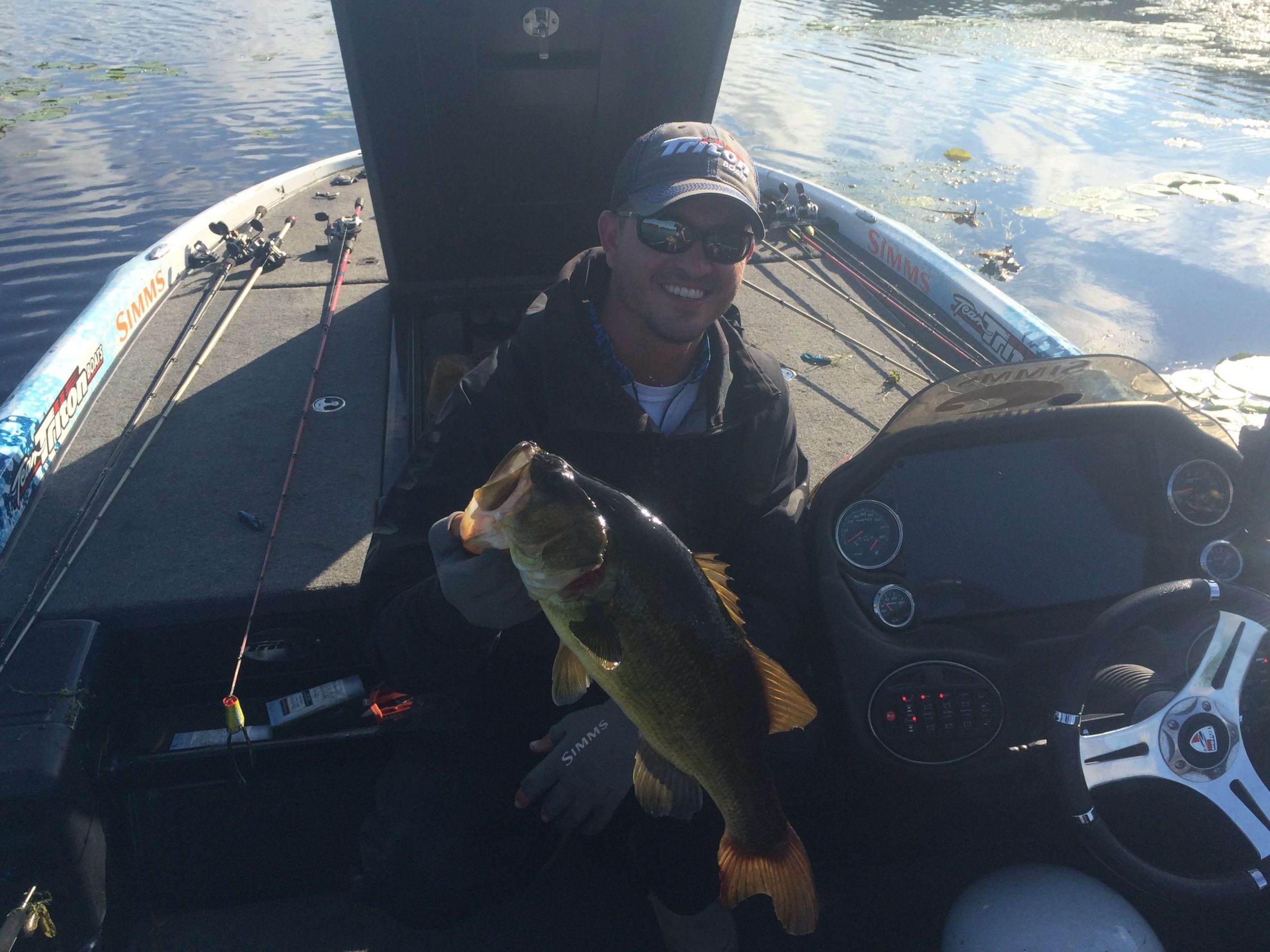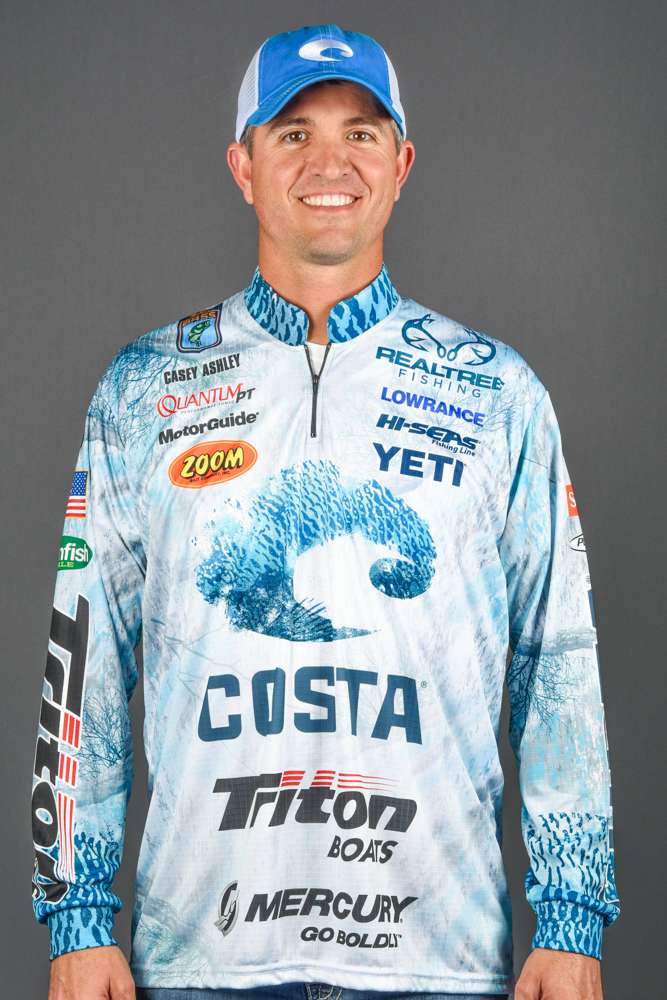
Man, I’ll tell you, of all the things than can mess with a bass fisherman’s head, a tidal fishery is one of the worst. That’s because, in addition to all the other things you have to keep in mind, you also have the water fluctuation to consider.
You can’t ignore the tides altogether, but here’s my advice for someone who’s unfamiliar with this type of fishery: First and foremost, the best thing you can do is fish like there is no tide.
The problem most people run into when they’re fishing tidal waters for the first time is that, in the back of their mind, they’re thinking: “Maybe this is a good spot, but I’m here on the wrong tide.”
Being analytical is good, but you can guess and second guess yourself to the point of a mental lockup. Once that happens, you’re done.
So, the best thing to do is forget the tide and just fish. Then, the next most important thing is when you get a bite, you have to pay close attention to the specific scenario. What the tide was doing is most important, but also pay attention to what kind of structure that fish was on, what it was relating to.
Then you can run to different areas and figure it out. Your electronics will have a tide chart, so you can see the exact tide stage. You can run down or up the river, depending on the tide stage, to find what you’re looking for.
In the course of a full day, whether it’s a tournament or fun fishing, you’re going to see the incoming and outgoing tide. In my experience, the outgoing tide is best — especially when you’re trying to find fish.
That’s because the tide is bringing the fish to you. When the tide is high, the fish can get back in the cover, but when that water starts to fall, they all have to leave that cover and drop into the deeper water on the perimeter.
Once you locate fish, you’ll find that the bite will be good on incoming or outgoing water. But I find it’s always going to be better on that outgoing tide because it pulls those fish out where I can use my Costa sunglasses to spot them.
Another important element of the outgoing tide is water clarity. When the water falls out of the marsh, the vegetation acts like a filter.
That’s important because most of the time, when you’re fishing tidal areas, you’re fishing shallow. Whether you’re catching them or not, you’ll be able to see them — especially when they’re spawning.
I remember the first time I fished tidal waters was the Potomac River in my rookie year. The only way I found my fish was spotting them swimming a grass line at low tide. I went back to that spot at high tide and caught them in that grass.
Now, when you’re not around grass, the outgoing tide doesn’t have the same effect. Like at the recent Elite Series event on Winyah Bay, the outgoing tide cleaned the area I was fishing a little bit, but it didn’t clean it enough so you could sight fish it.
On the other end of the tide, when you have to fish the high tide, you want to fish something you can move really fast. Whenever fishing gets tough, the first thing people want to do is slow down, but whenever you can fish the high tide — when it’s not way up in the bushes — the best thing you can do is pick up a moving bait.
You’re fishing for very few bites because the fish are so scattered, so the more water you can cover, the better off you are.
Here’s something else to keep in mind: Bass in these tidal fisheries have a lot of different food sources and some of them are considered saltwater forage — shrimp and crabs mainly.
It’s easy to overthink your color selection when you know the bass are eating several different things, but I like to keep it simple. With spinnerbaits and crankbaits, I stick with my shad colors, but with jigs and soft plastic baits, I like green pumpkin.
Man, that could be anything; it could be a bream, a crawfish, a crab. The same goes for black and blue. Those two colors could be so many different things; you can’t go wrong with either one.
That kind of summarizes my whole deal with the tide — don’t overthink it.
One thing I think you should keep in mind: In a reservoir, those fish are already where you want them to be. You just have to figure out how to catch ‘em. In tidal waters, those fish only pull up to their spot for a short window each day and that may only be for 30 minutes.
That means they’re not seeing that many baits, so color and all that doesn’t matter. You just have to figure out when you can catch those fish.

